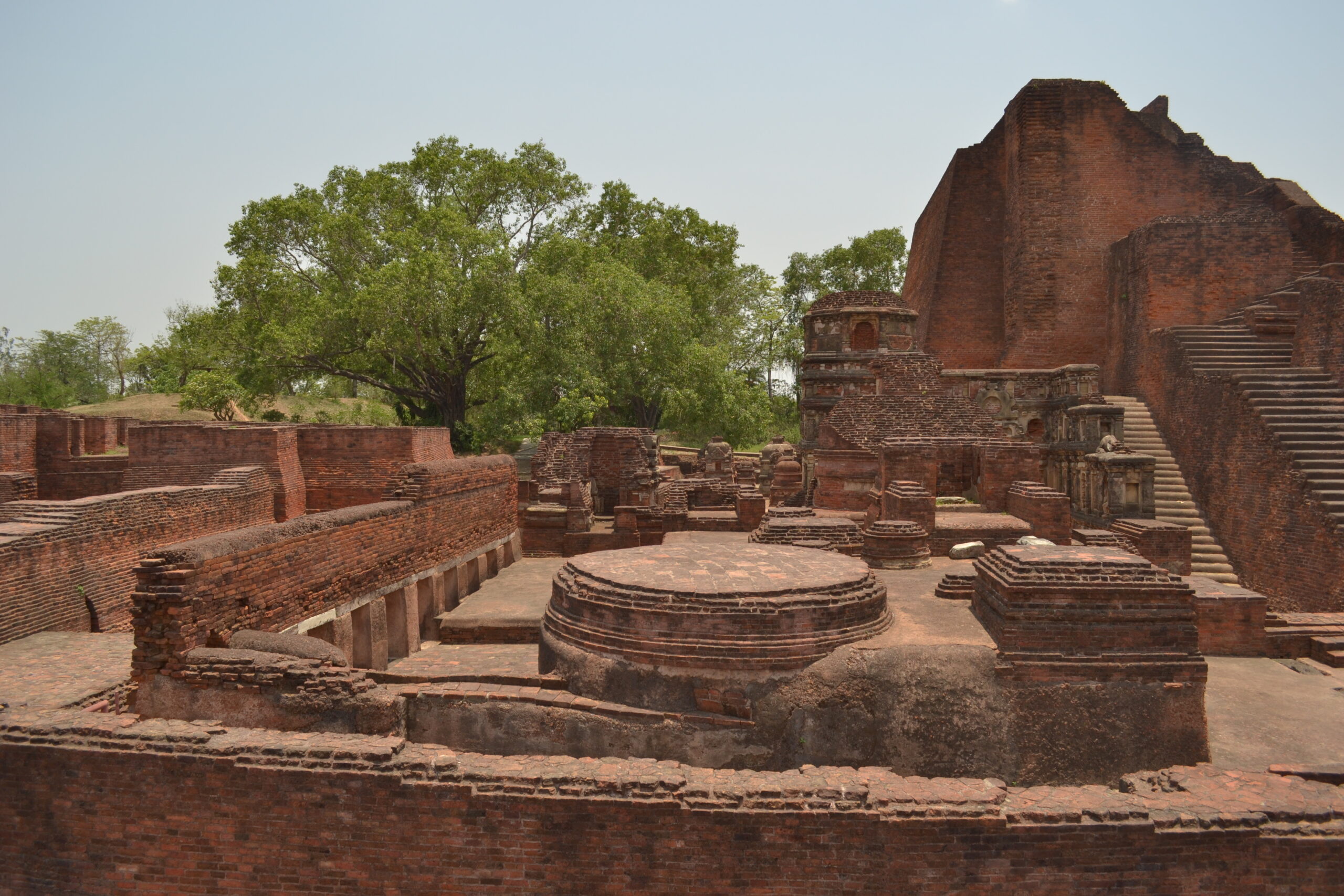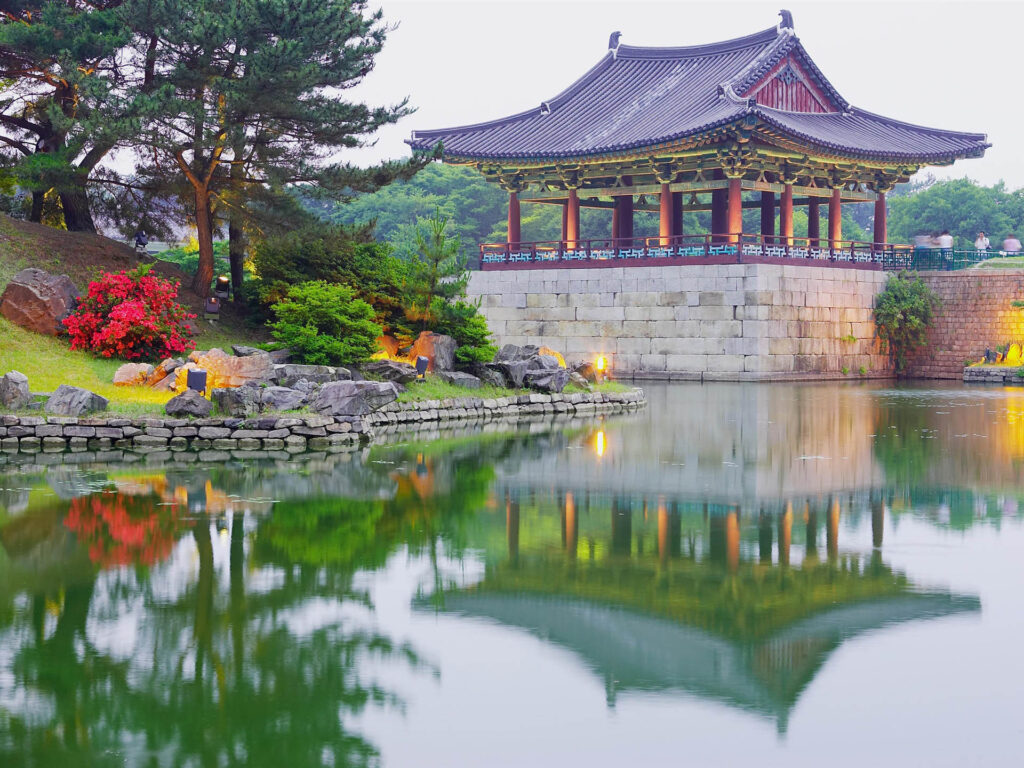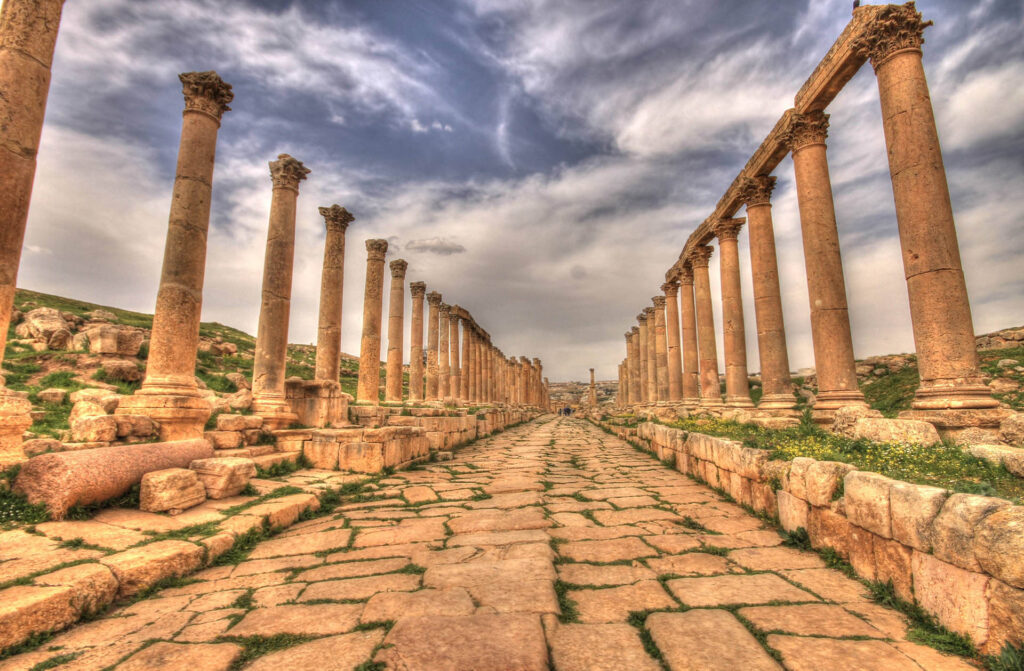Introdution the Nalanda
Nalanda, located in the eastern Indian state of Bihar, was one of the first great universities in the world. Once a revered Buddhist center of academic excellence, This place is today a UNESCO World Heritage Site that stands testament to India’s glorious educational past.
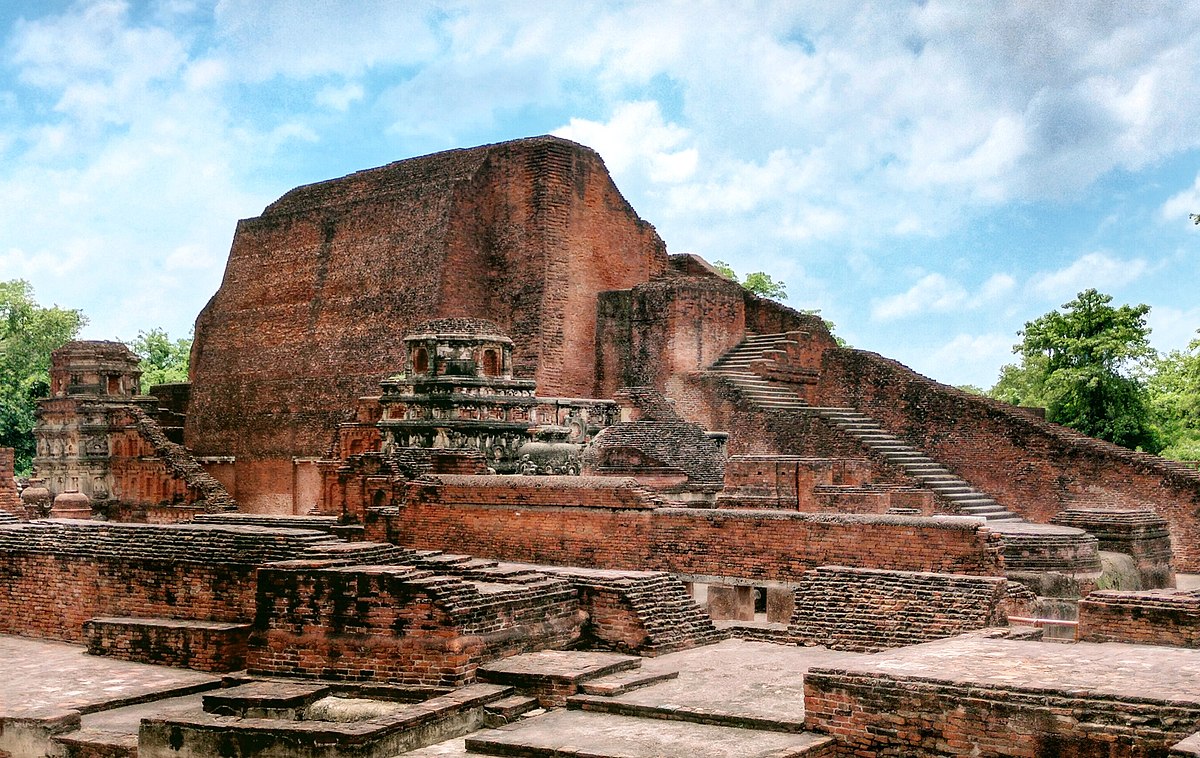
History of Nalanda
Origins in the 5th Century
The history of this amazing place can be traced back to the 5th century CE when it emerged as a notable center for Buddhist studies. According to ancient Tibetan records, the Gupta emperor Sakraditya founded a monastery at Nalanda in the 5th century, heralding the beginning of education in this area.
Slowly, as Buddhist scholars and students flocked to this ancient place, many monasteries and temples were built around the original monastery. Chinese pilgrim Xuanzang provides the first detailed eyewitness account of Nalanda’s excellence as a center of higher learning in the 7th century.
Nalanda’s Golden Period from the 5th to 12th Century
this place attained its peak during the reign of the Pala dynasty from the 8th to 12th centuries under the patronage of Buddhist kings. Such was the global reputation of this place that scholars from China, Central Asia, Korea, Japan, Sumatra, and Java came to study Buddhism, Vedas, grammar, logic, and more.
The Gupta and Pala periods were the golden era for this historical place when it boasted over 10,000 students and 2000 teachers residing in its sprawling campus spread over 16 square kilometers.
Decline and End after the 12th Century
After the Pala dynasty’s decline, this place began losing royal patronage and its prominence as a center of learning also diminished gradually. By the 12th century, the invasion of Bakhtiyar Khilji and his army is said to have destroyed Nalanda’s beautiful temples and monasteries, burning its vast libraries and killing many scholars in the process. this amazing place was abandoned soon after and slowly faded into oblivion.
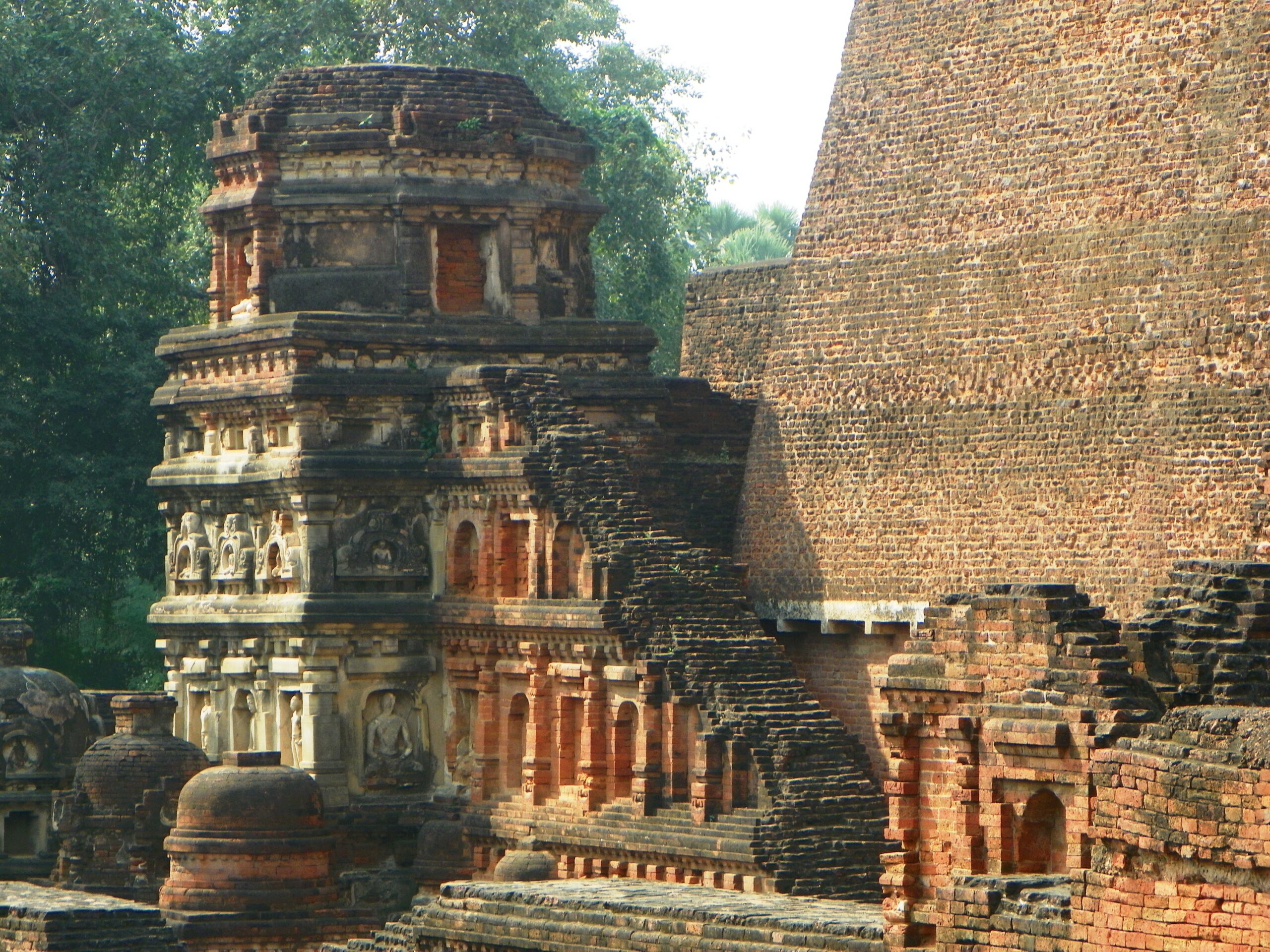
Unique Architecture of Nalanda Ruins
The extensive excavated ruins in Nalanda spanning over 480 acres bear testimony to its colossal size and architectural grandeur.
Brick Monasteries and Temples
Nalanda’s buildings were constructed out of red bricks and included stupas, shrines, viharas (monasteries), classrooms, and residential quarters for monks and students. The influence of Buddha’s early monastery at Rajgir is evident in layout of this ancient place.
Organized Campus Layout
The excavations reveal a well-planned layout with monastic cells lining the periphery and stupas in the center. The site contains eleven quadrangles spread across four main complexes named Sariputta, Ratnasagara, Ratnadadhi and Ratnaranjaka.
Temples with Steps and Terraces
Temple 3 is the most iconic structure featuring a sanctum sanctorum surrounded by two sets of concentric ambulatories with steps. The temple’s architectural style combines traditional Indian, Greek and Roman influences. The remains of Temple 2 also feature a grand stepped structure.
Ruins of the Great Monastery
The excavated ruins of what must have been Nalanda’s enormous Mahavihara Monastery complex evoke a sense of the university’s past grandeur. Nalanda’s organized layout and monumental structures reveal how large residential universities functioned in ancient India.
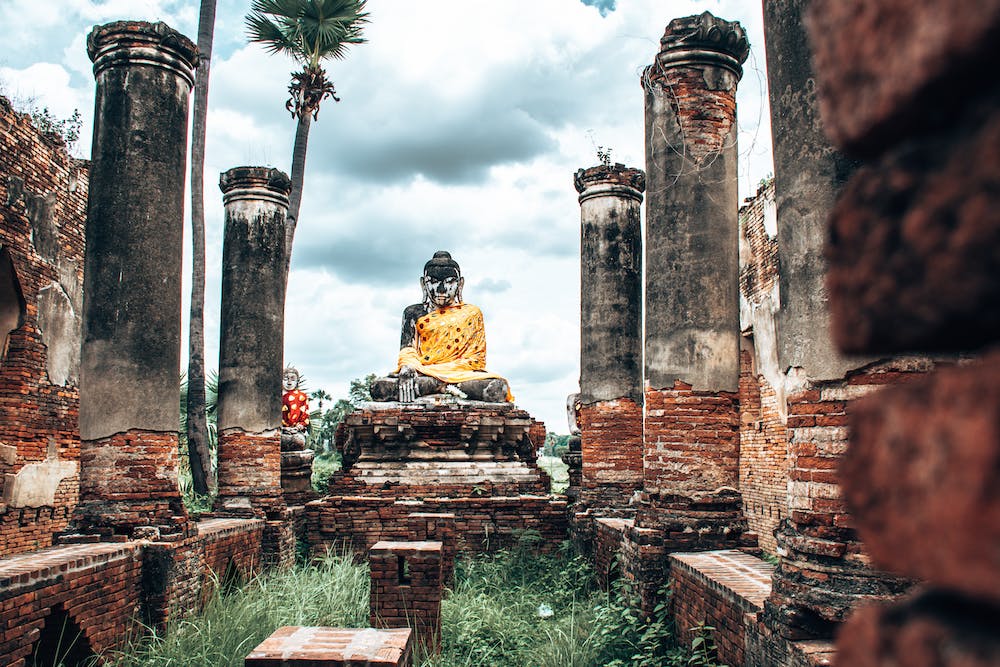
Nalanda’s Academic Excellence and Curriculum
Vast Library Collection on Buddhism
Chinese scholar Xuanzang wrote about Nalanda’s nine-storey library that housed thousands of manuscripts meticulously categorized in three immense buildings. Nalanda’s archives covered an unparalleled range of Buddhist literature in various languages.
Study of Buddhist Doctrines and Texts
As a center for Mahayana Buddhism, Nalanda’s curriculum emphasized the study of Buddhist philosophies like Madhyamaka along with subjects like Prajnaparamita and the major Sutras and Shastras. Scholars analyzed and reinterpreted doctrines like concepts of emptiness and dependent origination at this awesome place.
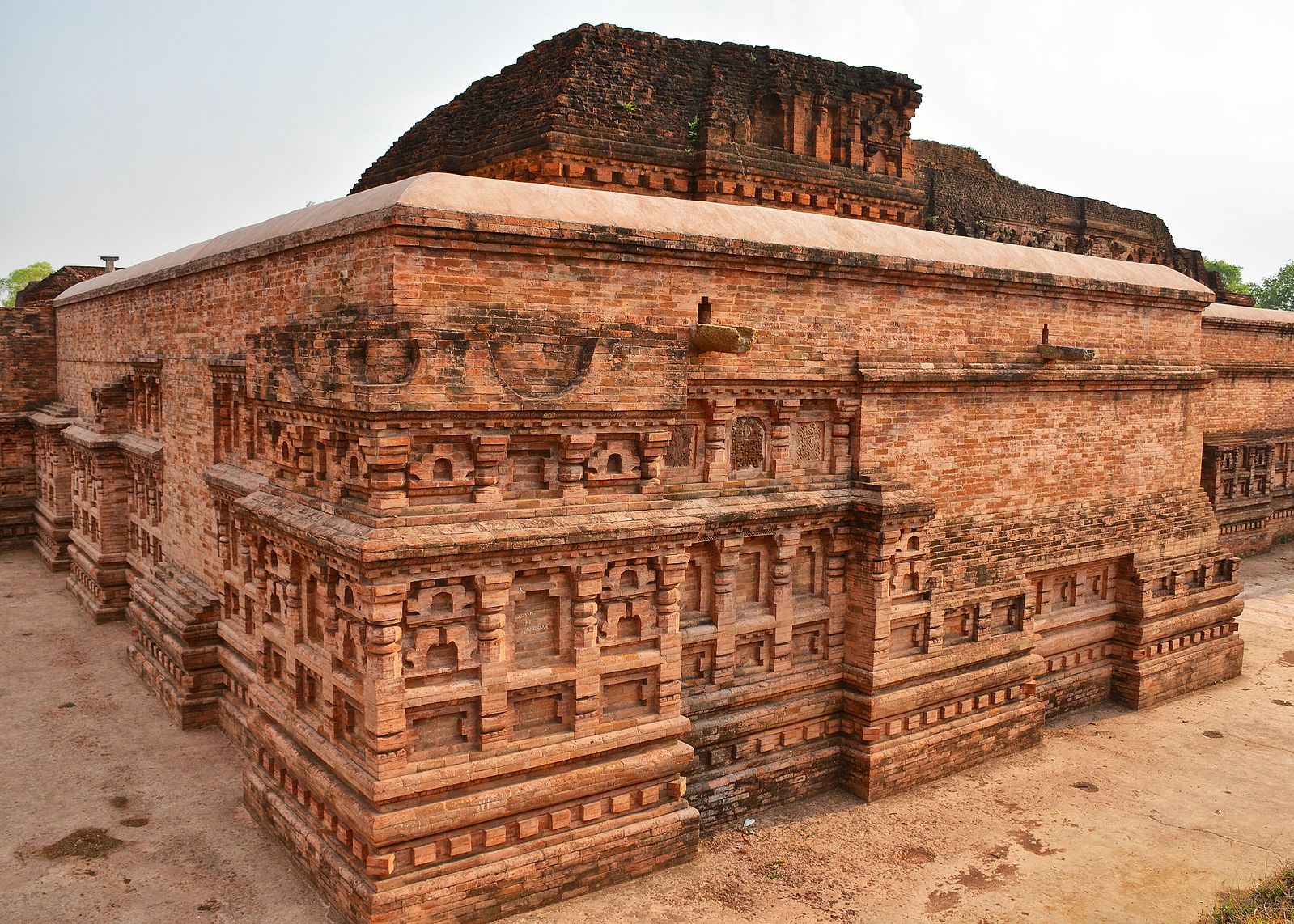
Range of Traditional Academic Disciplines
Beyond Buddhist studies, students at this place received instruction in the traditional svecchachara or “liberal arts” curriculum encompassing grammar, logic, astronomy, Vedas, medicine, Samkhya, and more. The wide array of subjects taught is reflective of Nalanda’s multidisciplinary approach.
Debates and Discussions in Large Halls
Xuanzang provides vivid accounts of the lively debates and discussions conducted between students and teachers in Nalanda’s large lecture halls. Scholars exchanged views, defended interpretations, and honed their debating skills at this place – a practice that imparted proficiency in logic and reasoning.
The extraordinary sophistication achieved across so many disciplines makes this amazing place one of the highest achievements in organized education in ancient India.
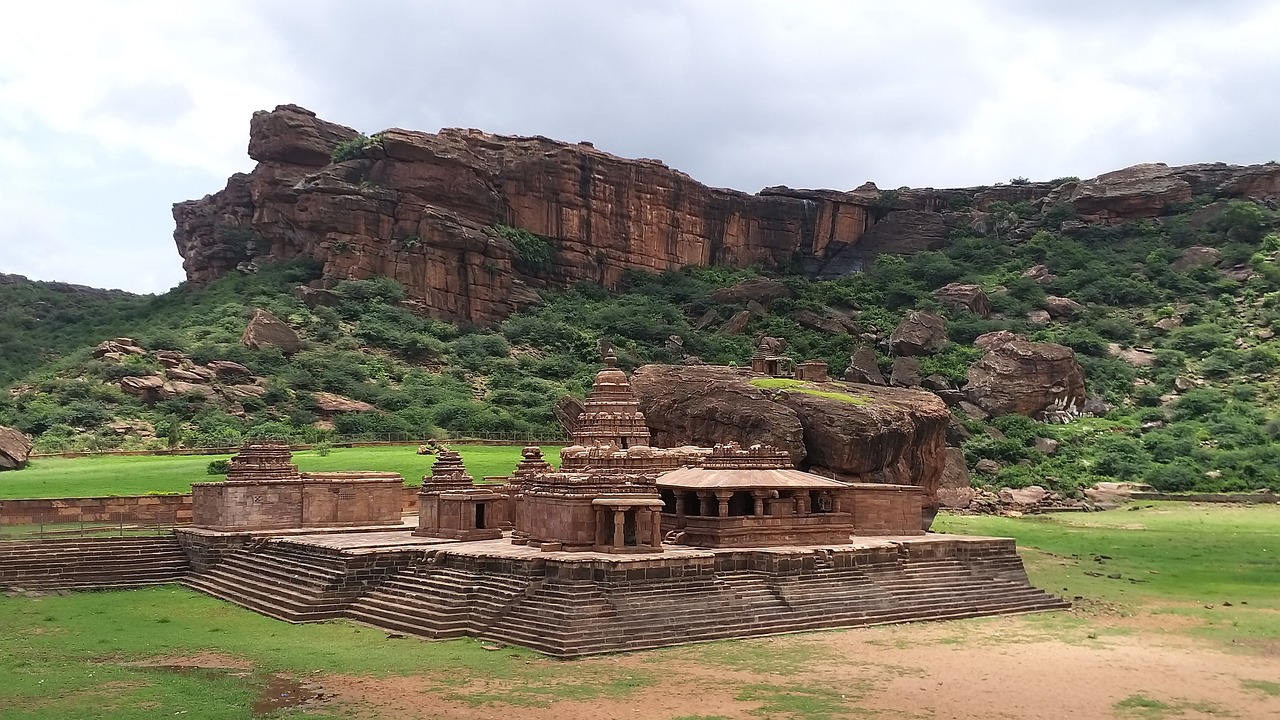
Legacy and Significance
Model of Large Residential Universities
This amazing place established the prototype for large monastic universities in Asia, influencing later institutions like Odantapuri, Somapura, and Vikramashila. The success of Nalanda’s model resulted in organized education and scholarship becoming integral to Buddhism.
Reviving Interest in Buddhist Studies
This historical place played a seminal role in influencing the philosophy, development, and revival of Buddhism in China, Tibet, Korea, and South-East Asia for centuries. Nalanda’s legacy includes its priceless contributions to Buddhist and Sanskrit literature.
Symbol of India’s Educational Heritage
As a center of learning that attracted scholars from far and wide, this ancient place stood as the symbol of India’s educational excellence. The history of this great seat of Buddhist learning bears testimony to India’s patronage of education, knowledge, and the liberal arts in ancient times.
The splendid ruins of this historical place stand today as reminders of India’s glorious scholarly past – one that the modern nation continues to be proud of. Nalanda’s heritage serves as an enduring inspiration for rebuilding educational excellence in India.
